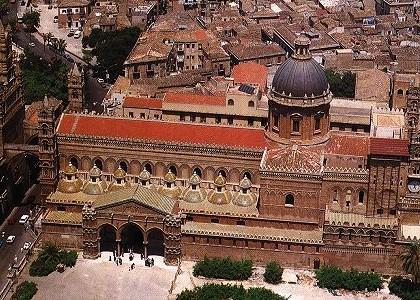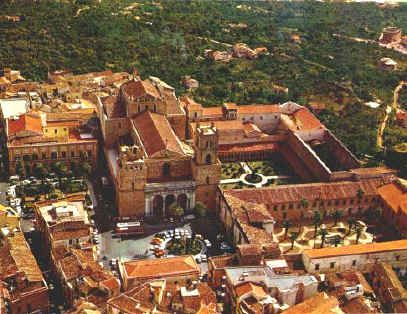What is Lacking in the Sufferings of Christ?
Paul wrote:
I now rejoice in my sufferings for you, and fill up that which is behind of the afflictions of Christ in my flesh for his body’s sake, which is the church.
—Colossians 1:24
There must be many explanations of Paul’s phrase about what is “lacking” in the afflictions of Christ. Or perhaps it’s the same explanation. It must be the right one, since the explainers are satisfied with it. What I have to say leaves me dissatisfied, because I suffer little, and avoid suffering.
Jesus tells Julian of Norwich, “If I could suffer more, I would suffer more.” Christ cannot suffer more than he is suffering. What is lacking in the sufferings of Christ is what is lacking in the sufferings of Job: people who suffer with the sufferer. Job’s friends explain to him why he suffers; Jesus’ friends run away, all except a few, among them his mother, and his mother’s sister, Mary the wife of Cleophas, and Mary Magdalene, and a lone male disciple. No doubt, Job’s friends and Jesus’ suffer. The apostles are scared, and fear is a kind of suffering. But they don’t suffer with Jesus, and they don’t rejoice in their suffering. I could suffer more with Jesus for his body the church, and I could rejoice more in my sufferings.
An artist’s work is not complete until appreciators respond to it. Often it does not exist in its proper mode until others participate in it. Beethoven “finished” the Ninth Symphony; he could not be the orchestra, the soloists, and the chorus.* Jesus’s sufferings for many are not complete until many respond to his sufferings and participate in them.
All suffer. Many suffer terribly and long. Few rejoice in their sufferings, knowing that they are doing as Christ and completing his work. Through God’s grace, the few have lately been many: the many martyrs for Christ in the last hundred years, and the many who suffer for Christ today. How much they fill up that which is behind in the afflictions of Christ for the sake of the church! But the many could be many more—not more sufferers, but more rejoicers.
Should I then rejoice in others’s sufferings? In Paul’s words, God forbid! What is also lacking in Job’s and Jesus’ sufferings are efforts to relieve them. Relieving and preventing suffering, including one’s own, also complete Christ’s work. So heal the sick, cleanse the lepers, raise the dead, cast out devils. But when sufferings come to others, have compassion, and when to oneself, rejoice!
*Even if he had wanted to: At the premiere, Beethoven “moved as if he wanted to play all the instruments himself and sing for the whole chorus”. Wikipedia, Symphony No. 9 (Beethoven).
See also Dom Armand Veilleux, “Le sens de la souffrance et de la douleur” and “Le don de la Conversion”,
and (Not) Wasting Pain in the blog A Song Not Scored for Breathing



